Santa Anita officials hope horses will be able to resume full workouts next week. If all goes well, and Moore says the track is safe, racing will resume March 22. Until then, Los Alamitos is the main option for horses to work at top speed.
Every track is essentially made of the same three ingredients — sand, silt and clay. There is a variety of sand that comes from different locations and processors. Santa Anita’s comes from a quarry in El Segundo. Over time, due to factors such as weather, friction, tractors, harrowing and the pounding of horse’s hooves, the materials degrade and have to be replaced.
What is different about this year has been the amount of rain at the race course, although no one has pinpointed that as the cause of the deaths. Peterson said there was nothing unusual about the track’s foundation and the results of his testing were consistent with baseline samples of the previous two years.
Every race course’s track has a different composition that takes climate and weather patterns into consideration. In New York during the winter, cold is a factor. In Florida during the summer, there is rain and humidity. At the Fair Grounds in New Orleans during the winter, it’s all about the rain.
“I talked to a clocker there and he said that it seemed like the more it rained the harder they trained,” said Russell Hudak, the person who times the workouts at Los Alamitos and Del Mar and has been in the business for more than four decades. “They have the right kind of sand, the water runs through it when it’s raining and when it stops it dries out quick.”
Belmont Park in New York has the nickname “Big Sandy” because its track surface is so deep that it can tire the horses. But picking the right surface and how the horses run on it raises other issues.
“If it’s deeper, horses can get soft-tissue injuries,” Hudak said. “When it’s hard, you get bone injuries which can result in the breakdowns. The trainers view it this way: If you get a [small] fracture, you can probably bring the horse back almost to the way he used to be. If you have a soft-tissue injury they are not going to come back and be a [top level] horse. They don’t recover the same. It stays with you.”
Riders on the training track on March 08, 2019 at Santa Anita Race Track.
Riders on the training track on March 08, 2019 at Santa Anita Race Track. (Irfan Khan / Los Angeles Times)
In Europe most races are on grass. While no official statistics are available, it’s evident that race deaths in Europe are way below those in the United States. Yet, the tracks in Europe are uneven and inconsistent.
“I’ve seen some things in England that are jaw dropping,” Peterson said. “At York, they drive the cars across the track. But there is no question that our turf [injury] numbers are worse.”
At Santa Anita, seven of the deaths have been on the dirt during racing, five racing on the turf and nine on the dirt in training. There is no turf training.
Peterson thinks horses can run on most anything, but they become familiar with a course.
“When you are used to running on a pool table,” Jim Cassidy, president of the California Thoroughbred Trainers said, referring to the hard, flat surfaces in the U.S., “and if there is a divot or a hole, that makes a big difference to the horse. In Europe, there is a lot more water than we have here and the course gets soft in a lot of spots. Horses over there are just used to it.”
Jockey Flavien Prat, the second-leading rider at Santa Anita, grew up in France and raced in Europe for five years. “Here you have to train horses harder because to run races [on the dirt] you have to have horses really fit,” Prat said. “On turf, you don’t need to be as fit.”
Track surface has been an issue in the past. When thoroughbred fatalities were on the rise, the California Horse Racing Board ordered all of the state’s major tracks to convert to a synthetic racing surface by the end of 2007.
Bugler Jay Cohen's joyful notes at Santa Anita have been muted
FEB 16, 2019 | 2:40 PM
While racing fatalities were reduced by 24%, the tracks were difficult to maintain and keep consistent. And bettors found it more challenging to handicap the races.
Santa Anita abandoned that $40-million experiment in 2010 and Del Mar returned to dirt in 2015. Golden Gate Fields in the Bay Area is California’s only synthetic track, called Tapeta, a sand and rubber fiber mix sealed with wax.
Whether a flaw in the Santa Anita track will be revealed with the additional testing is unclear. If not, the industry will have to look elsewhere for answers. Pre-race medication has long been a discussion point.
Dr. Rick Arthur, the chief equine veterinarian for the CHRB, is studying the necropsies — the equine version of autopsies — of the horses that died at Santa Anita. Thus far, he has not identified commonalities.
“We can hope to identify strategies that would make racing safer.” Arthur said. “It’s not just the track. It’s not just the horse. It’s the whole schedule, including the training programs.”
Horse racing fatalities in California are down 60% over the last 13 years, according to the CHRB, but people want answers for the recent rash of catastrophic injuries in a span of a little more than two months.
“It’s very frustrating in light of how well things have been working over the last couple of years to try to improve the safety,” said Rick Baedeker, executive director of the CHRB. “We’ve had such encouraging numbers until now. It’s a shallow dialogue to talk about during the current crisis.”
There have been protests outside Santa Anita, and a call from PETA for a full investigation into the trainers and veterinarians who work at the track to find out whether injured horses have been forced to run.
“There are some folks who would like to see racing end,” Baedeker said. “There are some extreme views, but it’s a more of a concern of how it affects the day-to-day fans who have an affinity for the sport.
“It’s impossible to quantify the damage, but it’s going to last longer than the incidents itself. It’s a tough blow for racing.”
Sunday, March 10, 2019
Subscribe to:
Post Comments (Atom)






.jpg)



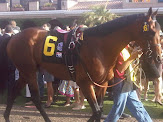_(2).jpg)
.jpg)
.jpg)
.jpg)
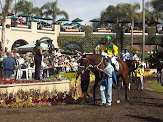.jpg)
.jpg)











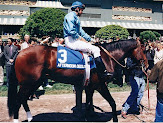




















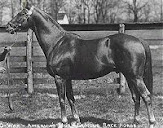









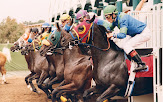



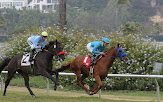

























.jpg)










.jpg)
.jpg)
_(2).jpg)
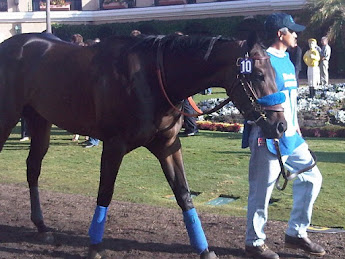.jpg)
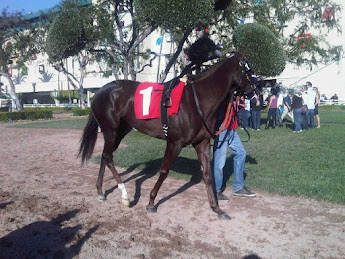(2).jpg)
.jpg)


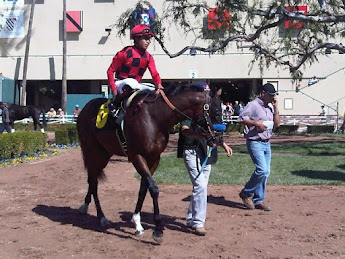.jpg)
.jpg)
.jpg)
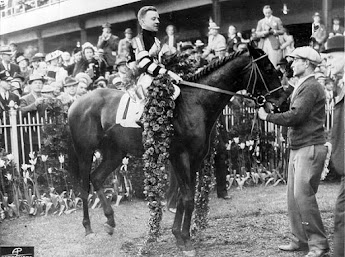


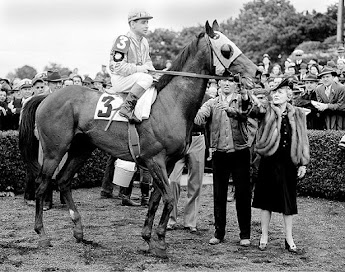


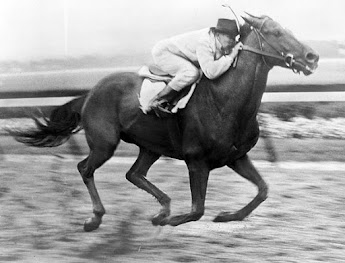


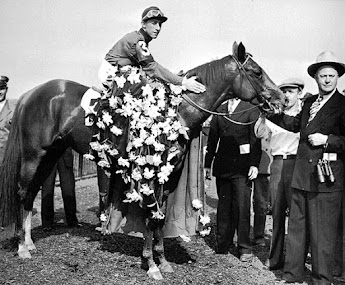


.jpg)
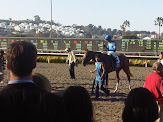.jpg)

![Validate my Atom 1.0 feed [Valid Atom 1.0]](valid-atom.png)













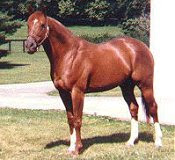

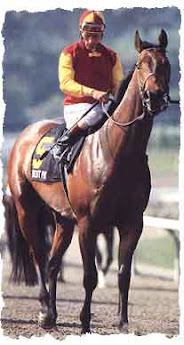

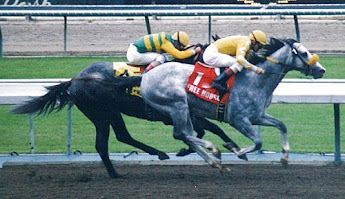



No comments:
Post a Comment
Note: Only a member of this blog may post a comment.